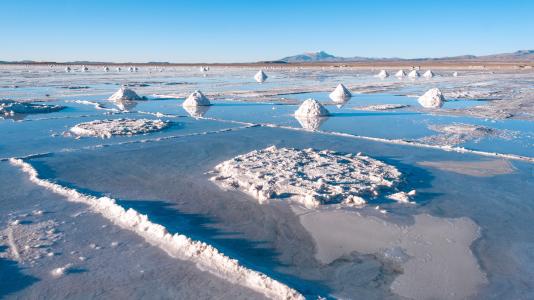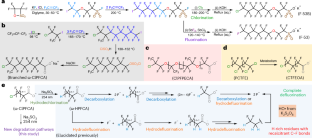2023-06-15 デラウェア大学 (UD)
◆作物の安定性を評価する際は、収量だけでなく栽培・収穫地域も重要。トウモロコシ、綿、大豆、小麦では収量の変動が主な要因だが、大麦やソルガム、冬小麦では栽培・収穫地域が生産ショックの重要な要素。
◆作物生産の安定化には、栽培地域と収穫地域の安定化も必要。農業の適応において重要な知見となる。
<関連情報>
- https://www.udel.edu/udaily/2023/june/crop-shocks-corn-wheat-cotton-soybeans-planting-farms/
- https://www.nature.com/articles/s41893-023-01152-2
米国の作物生産ショックにおける作付面積と収穫面積の変動が果たす重要な役割 Key role of planted and harvested area fluctuations in US crop production shocks
Dongyang Wei,Jessica A. Gephart,Toshichika Iizumi,Navin Ramankutty & Kyle Frankel Davis
Nature Sustainability Published:15 June 2023
DOI:https://doi.org/10.1038/s41893-023-01152-2

Abstract
Food production stability against climate variability and extremes is crucial for food security and is influenced by variations in planted area, harvested area and yield. Yet research has focused on yield responses to climate fluctuations, ignoring how planted area and harvestable fraction (that is, the ratio of planted area to harvested area) affect production stability. Here we apply a time series shock detection approach to county-level data (1978–2020) on seven crops in the United States, finding that shocks (that is, sudden statistically significant declines) in planted area and harvestable fraction co-occur with 51–81% of production shocks, depending on the crop. Decomposing production shock magnitudes, we find that yield fluctuations contribute more for corn (59%), cotton (49%), soybean (64%) and winter wheat (40%), whereas planted area and harvestable fraction have a greater role for others. Additionally, climatic variables explain considerable portions of the variance in planted area (22–30%), harvestable fraction (15–28%) and yield (32–50%). These findings demonstrate that crop production shocks are often associated with fluctuations in planted area and harvestable fraction. This highlights the (largely ignored) importance of producer decision-making about cropping patterns in stabilizing food production against climate variability and emphasizes the need to consider all three production components to improve food system stability.



